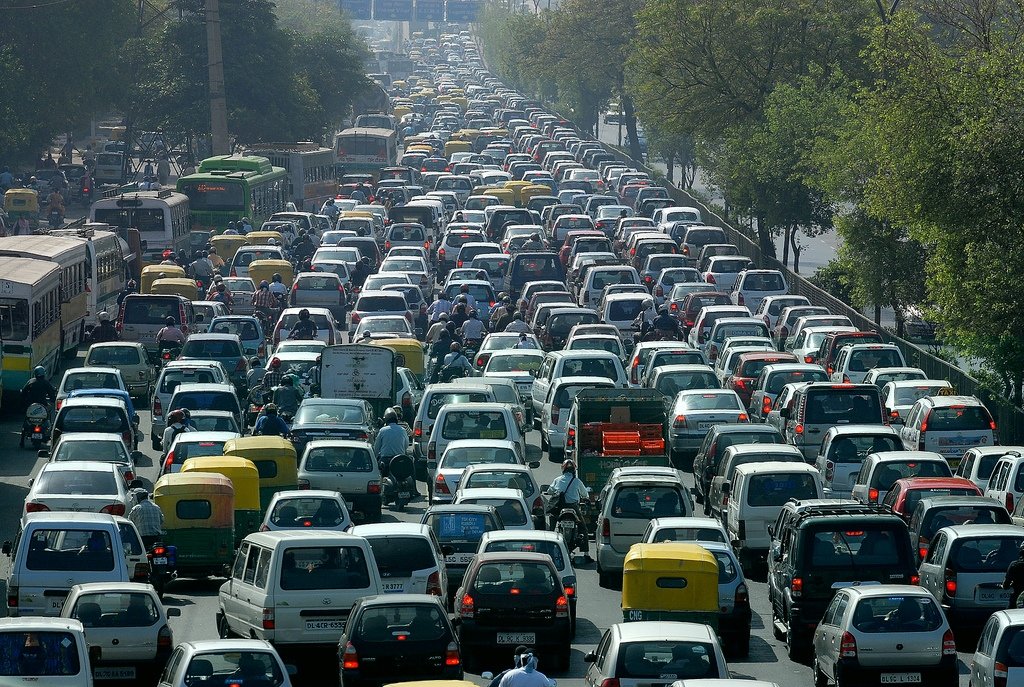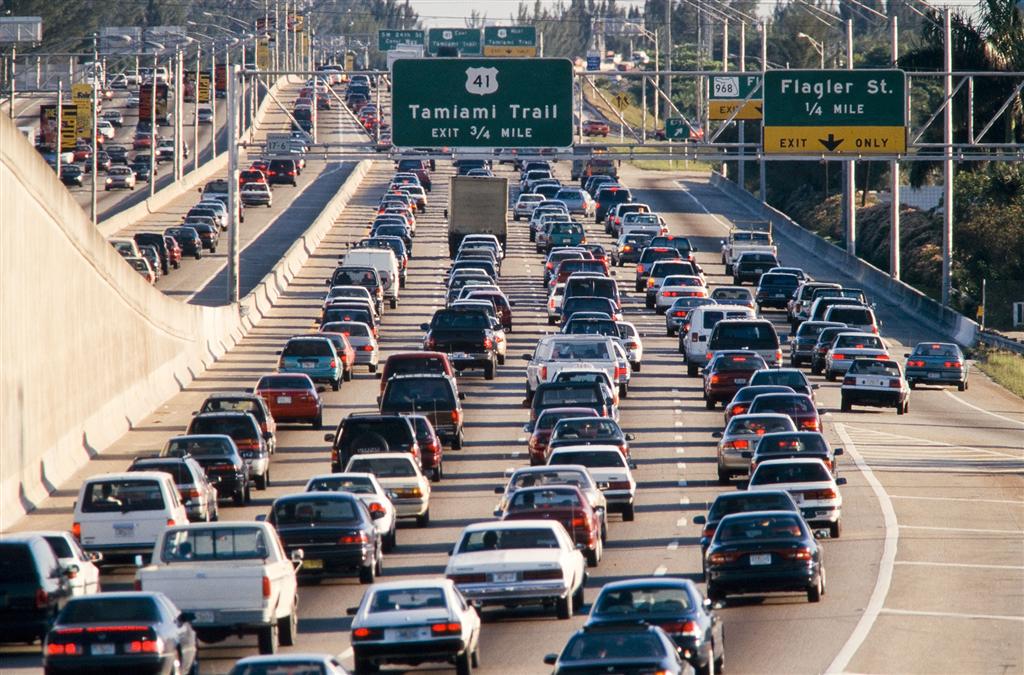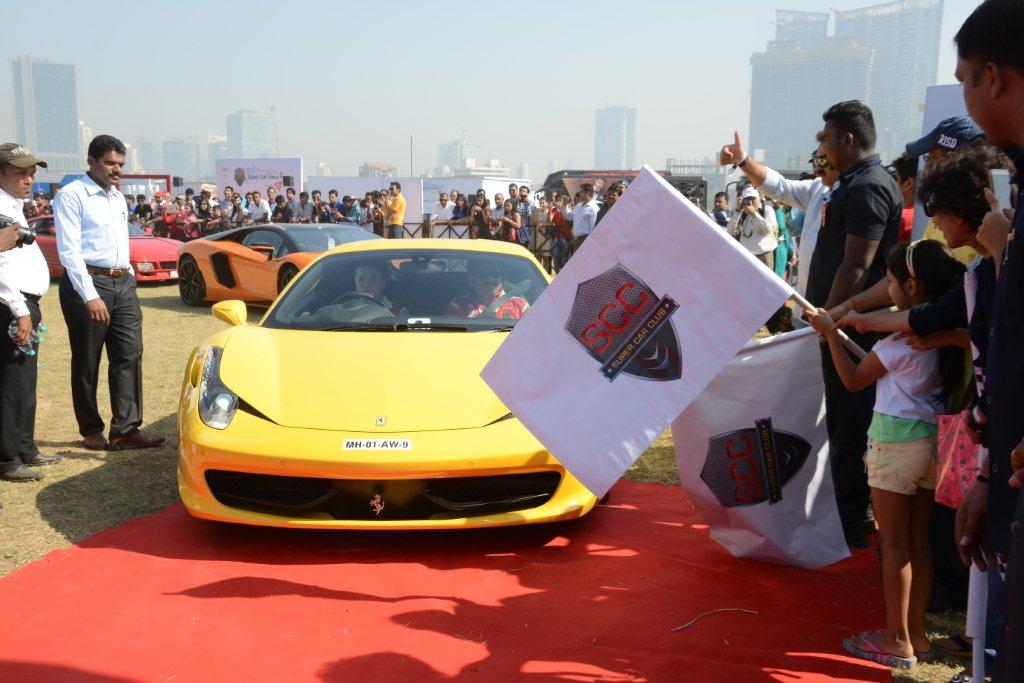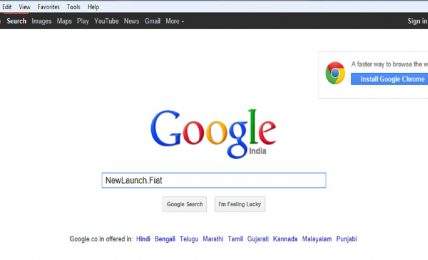In what comes as a surprising fact, Chennai’s traffic density is ten times higher than that of Delhi despite having almost half the number of vehicles.

What we have read till now is that Delhi has the highest number of vehicles in the country and the highest population level amongst all Indian cities. But what comes as a surprise is that Chennai, which has about half as many vehicles as Delhi has much higher traffic density. The major reason for the same is the lacking length of roads in the South Indian city. What’s even more surprising is that despite having about half the number of vehicles as the capital city, the pollution level is almost ten times lesser!
Chennai has about 1800 kilometres of road whereas Delhi has a much more comprehensive road network which stretches for about 30,000 kilometres. Hence the traffic density for Chennai is 2093 vehicles per kilometre of road and Delhi is much lower at 245 vehicles for every kilometre of road. To give you an outlook, the city with the second highest traffic density is Pune with 1014 vehicles per kilometre. Chennai is in desperate need of wider and better roads along with the addition of flyovers at major junctions to improve the traffic flow in the city.
The pollution figures however depict a totally different picture. Delhi, the city which stands fifth in vehicle density tops the list in terms of pollution. The most harmful pollutant in the air, PM 2.5, averages at 198 in Delhi which is almost double that of Pune which is second on the list. Chennai even after being the highest in terms of vehicle density has an average of just 20 when it comes to PM 2.5 which makes the air quality of Chennai considerably better than other major cities. There is a great confusion when it comes to the share of transport sector to the emission of PM 2.5 and figures range from 17 percent to 38 percent depending on the research institution.





